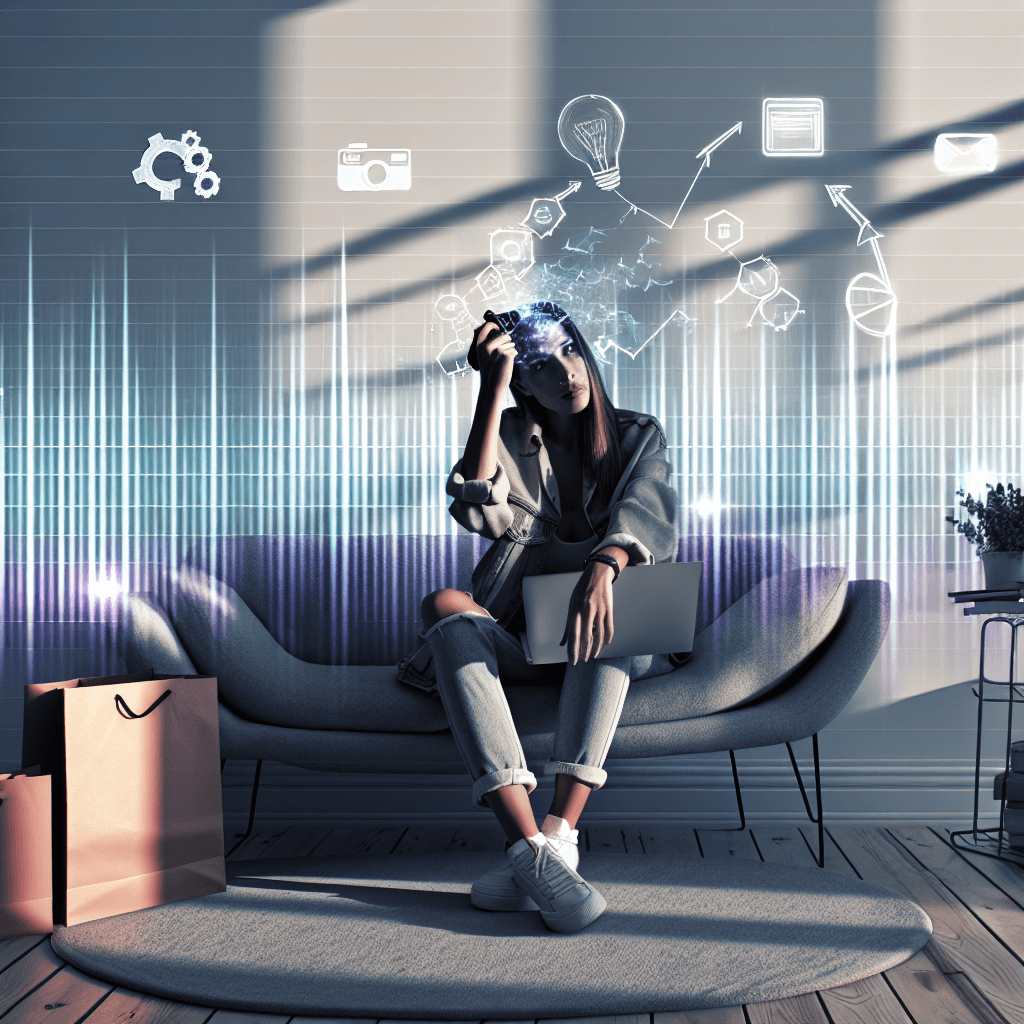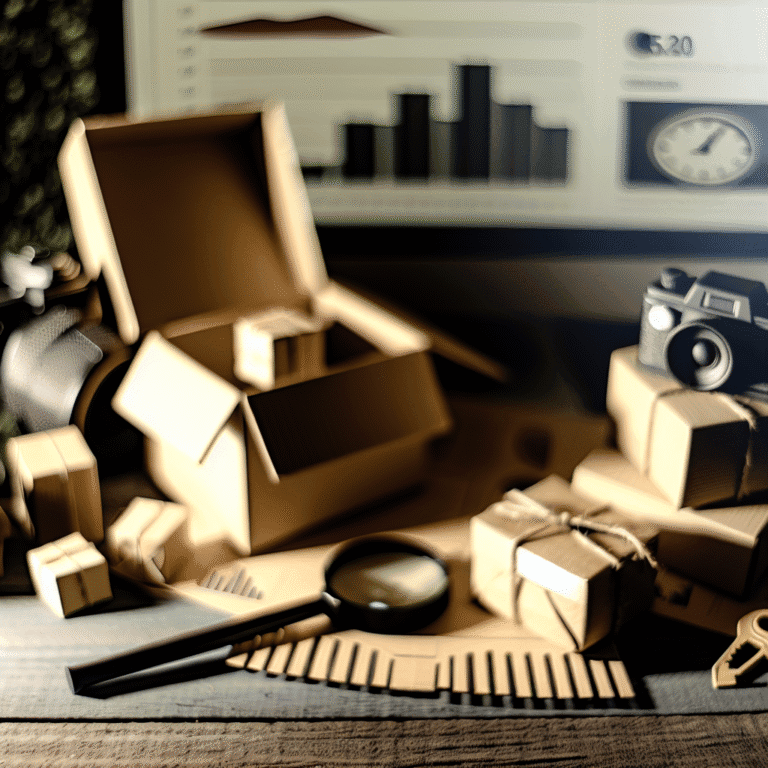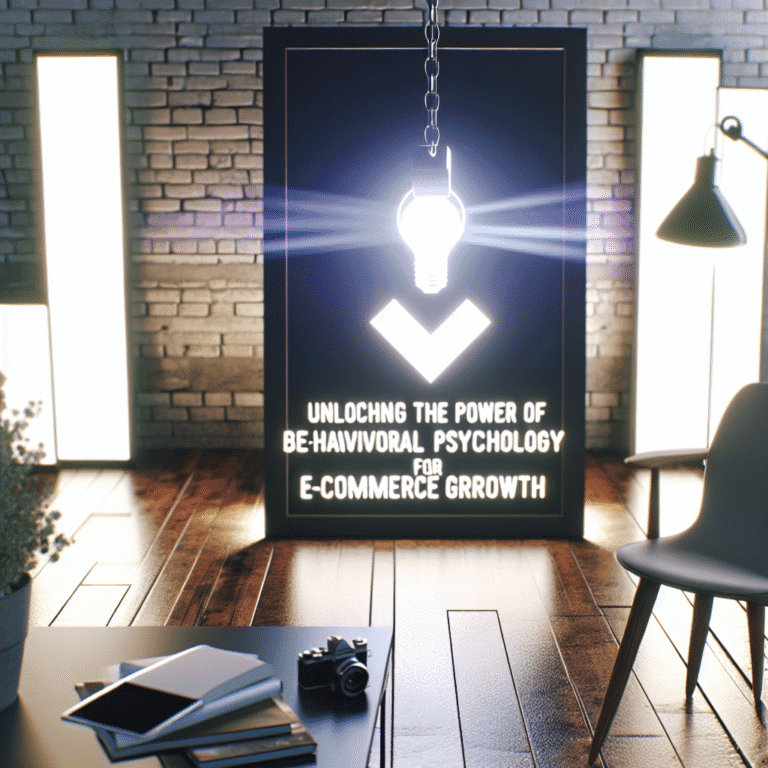Why Your E-Commerce Struggles Aren’t All About the Tech
Does your conversion rate feel like it’s been stuck in a time warp since Q2? You've tweaked your checkout process, hired a pricey designer for that perfect shade of "buy now" button, but still no magic. Here's the thing: it's not just about the tech. It's about understanding the messy, thrilling world of human psychology. Most e-commerce strategies rely on logic and ease of use, but real shoppers are emotional and impulsive, making decisions between distractions. If you’re ignoring the psychology of it all, you’re not just losing customers; you're losing your influence.
In this piece, we’re diving into 12 psychological triggers that can help e-commerce firms boost those conversion rates. These aren’t flimsy marketing tricks. Think of these as solid, science-backed tactics that make your pages appealing to real people, not just algorithms.
What Are Psychological Triggers
Psychological triggers are like those little nudges you didn't know you needed until they push you to buy. They work beneath the surface, gently shaping decisions without the person even realising. Conversion often happens in the mind well before the checkout page appears.
Why do these triggers matter?
- Harvard says most buying decisions spring from the subconscious
- Small tweaks often eclipse big changes or new branding
- Buying habits, order sizes, and loyalty — all play out through psychology
Let's explore the levers that turn clicks into cash.
Anchoring How Deals Look to the Shopper
Why does "Was £99, now £49" feel so tempting? That's anchoring bias. Your brain sets the first number you see as a benchmark, even if it's arbitrary.
To play the anchoring game:
- Lead with the fanciest, priciest option to establish a high bar
- Toss in a ludicrous "Investor Pack" to make the usual options seem more reasonable
- Use those nifty strikethrough prices to imply a great deal
One vitamin brand launched a "hero bundle" not to sell it but to make the mid-tier package look like a bargain. Sales for the mid-tier shot up 28%. Their secret? Anchoring shifted what people saw as good value.
Social Proof, Insuring Shoppers Aren’t Lonely
Shopping can be a lonely game. That's why we hang off reviews, dip into Reddit threads, and Google "Is [product] actually worth it?"
Social proof makes buying feel less daunting by fostering trust and building confidence.
How you can use it to your advantage:
- Place reviews and stars right by your "buy" buttons
- Highlight activity like "5 people bought this today" to reassure on-the-fence shoppers
- User-submitted photos usually outperform studio perfection
- Use timestamps and real names — "Sarah (10 minutes ago)" beats "Verified Buyer" any day
Take a leaf from Booking.com’s playbook. "Only 2 rooms left" coupled with "17 people viewing" ramps up the excitement perfectly.
Creating a Sense of Scarcity and Urgency Without the Fake Pressure
Urgency works wonders, just make sure it’s genuine or you’ll lose trust fast.
To use urgency wisely:
- If you say "Only 3 left", it should be true
- Real countdown timers boost sales during a flash sale
- Waitlists create desire; just ask any high-end watch shopper
- Time-sensitive codes like "Expires at midnight" prompt quick decisions
Use urgency thoughtfully to supercharge your sales, but don’t overdo it like a dodgy late-night ad.
Loss Aversion, Frame Offers as What They’d Miss Out On
People hate losing things more than they love gaining them. This principle from behavioural economics can shape your approach:
- Skip "Add this for £8"
- Go for "Don't miss out, this won't be offered again"
You’re pronouncing value, but really you’re highlighting what they risk losing.
Effective techniques include:
- Emails tempting cart-abandoners by telling them their discount vanishes soon
- Site copy warning "Your reserved code is ticking down"
- Lean into what they could lose by hesitating
A fashion brand leapfrogged 19% in email engagements by changing the subject from "Your jeans are waiting" to "Your size might be gone tonight". Same jeans, different fear.
The IKEA Effect, Let People Value What They've Built
Not all friction slows us down. When we put in effort, we care more about the results.
Add a touch of this:
- Let customers mix and match their own bundle
- Use quizzes that ask for tiny input before offering recommendations
- Personalise choices based on mini surveys
Shoppers like injecting their personality into the purchase. It's not just boosting e-commerce; it’s creating emotional ties.
Creating Consistency with Micro-Yeses
People stick to their guns, even if it’s just a click.
When someone gives a small “yes”, they’re more open to bigger ones.
Here’s how:
- Two-question quizzes ending in “Begin your trial”
- Garner opt-ins with “Alert me when available” and follow up smartly
- Allow users to favourite products or save wishlists — small actions, big signs of intent
Micro-conversions stack up. Evidence shows they lead to the more substantial ones your business cares about.
Using Authority’s Trust Signals
Authority makes us pause and listen. Even the semblance of it can validate a product in seconds.
Here’s how to build authority:
- “Certified by Experts” by your star ratings
- Endorsements from niche influencers or respected industry folk
- Highlight genuine testing with credible references
Even your font and layout matter. Clean design feels trustworthy. People want to purchase what looks reliable.
Contrast Bias and Showing the Right Comparisons
Your customers don't pick products in isolation. Their choices hinge on comparisons, sometimes even surface-level ones.
Help them out:
- Set a slightly inferior option next to your top-seller (cue the “decoy” effect)
- Feature tables that visually highlight your favoured product
- Arrange pricing plans so the mid-tier always looks inviting
When done well, this doesn’t just steer the choice — it gives the impression of choice.
Personalisation isn’t Just Recommending
Recognition breeds loyalty. Advanced personalisation feels like the site knows them — and that’s exactly the feeling that boosts buying.
Deliver value through:
- Tailored product tweaks based on browsing habits
- “Back in stock, just for you!” reminders
- Abandoned cart emails with personal touch and pictures of the specific item
Smart growth strips the friction, especially the emotional kind.
Temporal Discounting Makes Now Irresistible
We love instant over delayed gratification. Psychologists call this temporal discounting.
Use it to boost speed:
- Promise quick benefits: "See results in just 3 days!"
- Push shipping: "Arrives on Saturday if ordered within the hour"
- Highlight quick wins: "Download your free guide now"
If it benefits them today, they're more likely to bite.
Use the Endowment Effect to Encourage Trials
When shoppers feel like they own something already, they don't want to part with it. The Endowment Effect kicks in here.
Let’s simulate ownership:
- Offer virtual try-ons (lipstick, specs, or furniture in their homes)
- Allow customers to preview the product in use
- Frame bundles as exclusive and tailored “just for them”
Make them feel like it’s theirs already and parting with it becomes psychologically challenging.
Conclusion
Wouldn’t it be simpler if growing e-commerce was just about speed and technology? But no, it’s also about understanding the emotional undercurrents of those “Buy Now” clicks. By taking loss aversion, anchoring, and personalisation into account, you're not just creating a faster journey. You’re crafting one that feels right for the human mind. So go ahead, tweak your systems. But don't forget, the real magic happens inside your shopper's mind. Feelings, as they turn out, add to cart faster than logic ever could.





